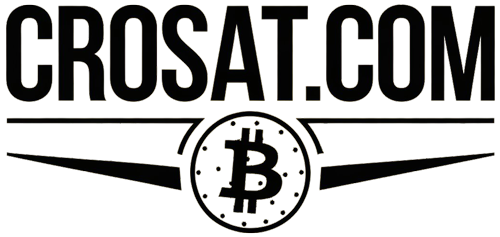(Bloomberg) — The abrupt departure of Intel Corp. Chief Executive Officer Pat Gelsinger offers a fresh opportunity for the troubled company to consider potential deal options, including scenarios that he rejected during his time running the chipmaker.
Most Read from Bloomberg
The board has discussed a range of possibilities in recent months, such as private equity transactions and even a split of Intel’s factory and product-design businesses. But Gelsinger was opposed to breaking up the company, focusing instead on his plan to restore Intel’s technological edge and become a made-to-order manufacturer for outside clients.
With Gelsinger leaving this week — following pressure from the board — there’s a chance to reset the conversation. Morgan Stanley and Goldman Sachs Group Inc. have been helping the company ponder its options, and may find a more receptive audience in new management.
It’s also an opportunity for suitors to take another look at acquiring some or all of the business. Qualcomm Inc. expressed some interest in a transaction before, though nothing got very far, Bloomberg News has reported.
“This leadership change increases the probability of divestitures,” Bloomberg Intelligence analysts Kunjan Sobhani and Oscar Hernandez Tejada said in a note Monday. “Gelsinger was firmly against breaking up the company, but the prolonged and expensive turnaround has tested shareholder patience, potentially forcing Intel to reconsider.”
Intel’s board evaluated a number of scenarios during a critical meeting in September, including the idea of a breakup. The discussions followed an abysmal earnings report the previous month, when Intel posted a surprise loss and a disappointing sales forecast.
But Intel pushed forward with less radical changes, including a pause in the construction of plants in Poland and Germany. The company also is slashing roughly 15,000 jobs and suspended its decades-old dividend — part of attempts to conserve cash and keep Gelsinger’s turnaround plan on track.
If the new CEO goes ahead with a bigger shake-up, these are deal ideas that Intel could revisit:
1. Splitting Factory and Product Divisions
This would involve fully separating Intel’s factory business from the more profitable unit that develops products. Under Gelsinger, the company has been expanding its manufacturing operations to become a foundry — a maker of components for outside customers. The idea is to eventually compete with Taiwan Semiconductor Manufacturing Co., a pioneer of the foundry approach.


